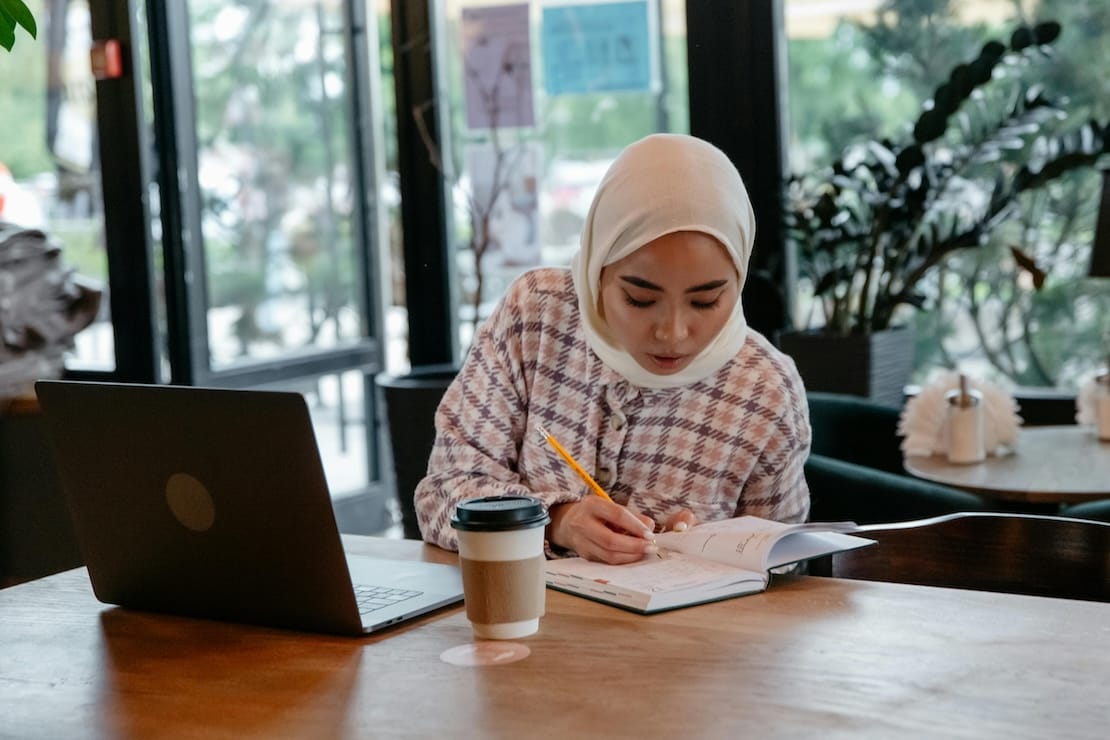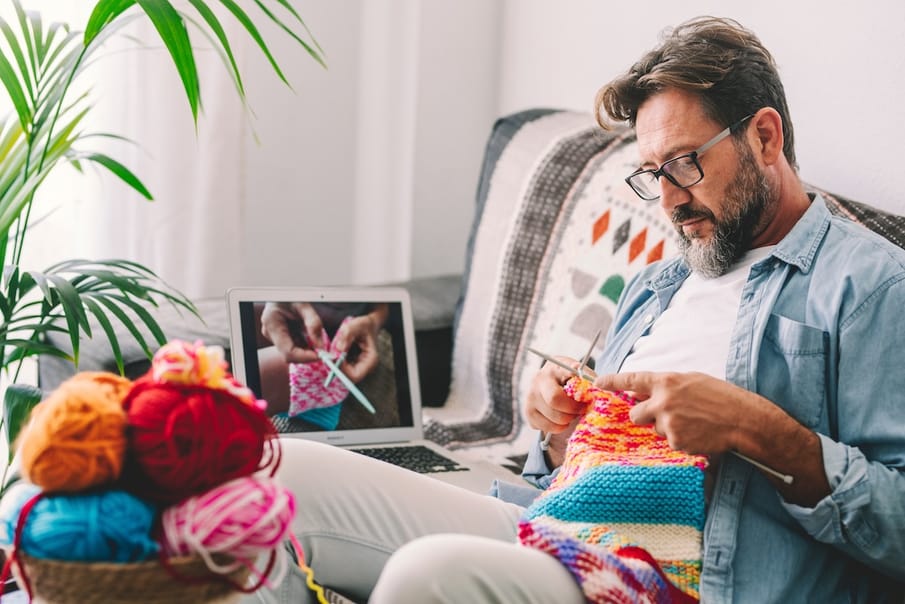Where and when do you feel most creative? And could uncovering your ideal conditions for working be key to pursuing your dreams?
The kitchen table, the sofa, a bench… There is no limit, really, on the space we can use to work creatively. Some people flourish in a dedicated studio where they are away from interruptions, whereas others can perch themselves anywhere. For many, though, there are still conditions that can support our creativity, and realising what these are can help us with our artistic pursuits.
Nurturing creativity
“When we nurture our creativity, we are connecting with our inner child,” says registered therapist Emily Knivett. “If we know more about what makes us feel curious, open, and arty, we have another space to turn to when life gets disheartening. We can discover solutions to problems, and we can come up with new ideas. Creativity is linked with calmness, and that is a state we want to channel.”
I’ve been writing for most of my life, from going along to my local writers’ group as a teenager to studying creative writing at university, and working as a professional writer for the past few years. Throughout my writing journey, I’ve been conscious about what does, and doesn’t, nurture my creativity, and this is true for many artists, whether a painter or a potter, a crafter or a cook.
It doesn’t matter whether you see yourself as a full-time artist or just want to dedicate a little more time to creativity. Perhaps you have an idea for a novel that you’re struggling to get started on, or you want to compose a new song, but seem to get distracted anytime you pick up the guitar.
“I recommend following your passions and notice where you feel joy, and follow that,” says Emily. “When have you felt the most free? Think back to when you were a child, what did you spend hours doing? Did you write stories? Or perhaps you went to a dance class where you could express yourself physically. Not all of us have experienced much play in our childhoods, so perhaps you could be brave and step a bit outside your comfort zone, and you may discover a new hobby. When you are being creative, try to be kind to yourself, especially if you are trying something new. Allow yourself time to observe, take it at your own pace and try to embrace making ‘mistakes’.”
In her essay, A Room of One’s Own, published in 1929, author Virginia Woolf wrote of how “a woman must have money and a room of her own if she is to write fiction”, and considered the societal and financial conditions that can prevent women from being able to produce creative works. It’s an important reminder that, for many of us, there are barriers beyond our control that can make it harder to create – whether a demanding job, caring responsibilities, or managing a health condition.
We can also think about what can help us as individuals to foster the conditions in which we can best work. This can be the physical environment, which could be a room of your own where you’re able to be creative away from distractions, or having a corner of the kitchen counter where you feel comfortable. Or you may find the ideas flow best when you’re around others.
Personally, while I work from home, I regularly write in coffee shops, especially when I hit a creative block – there’s something about the walk to my local café and then being around people that make a difference (a nice coffee also helps).

Finding what works for you
It can help to take note, perhaps over the course of a week or month, of what helps kindle your creativity. A few things to consider are:
-
Is there a certain place, or places, that help, and does this vary depending on what you’re working on?
-
What time of day do you feel most creative and able to focus?
-
Do you find it easier to work when there is noise or silence?
-
What materials do you need? E.g. do you find a pen and paper easier to write with than your laptop?
-
Do you prefer to work in a space by yourself, or around other people?
-
If you’re working with others, do they need to be working on similar things, or is it just about being near people?
-
What would the physical space you work at be like?
-
What tends to distract you?
-
When and where have you felt most able to work creatively? Can you pinpoint what it was about this that made it ideal?
Of course, it’s important not to get too set in the idea that there must be the ‘perfect’ conditions for you to be creative. “If we try to set up specific, rigid conditions, and have high expectations of ourselves, we can restrict our creativity,” says Emily. Waiting to paint a masterpiece until you have the dream studio with a beautiful view may mean the canvas stays forever blank.
It can take time to realise what works for you, and you may be surprised along the way, perhaps learning that your mind feels freest when you get up early, or that you love sketching in the street. What nurtures our creativity can also change with time, and depending on what we’re working with, so while realising what supports us is helpful, creativity can be sparked in so many ways.


Comments